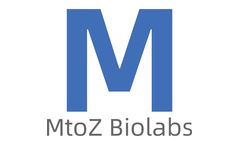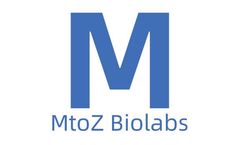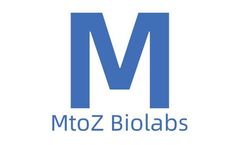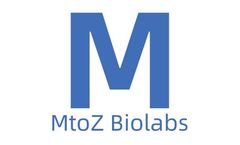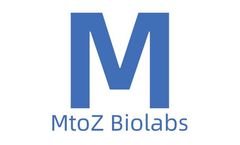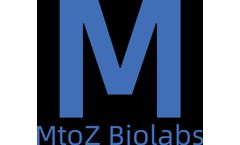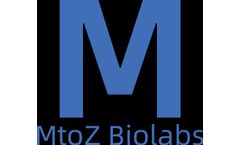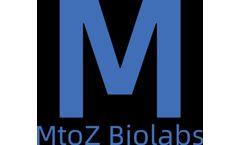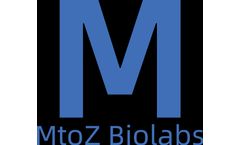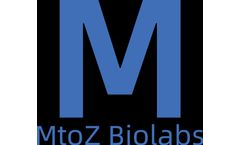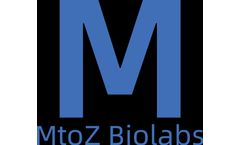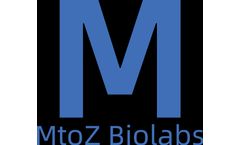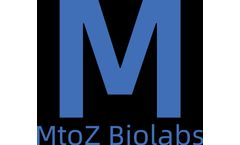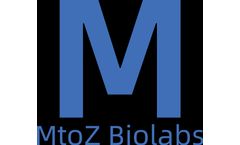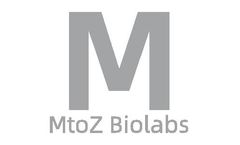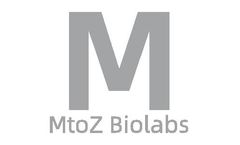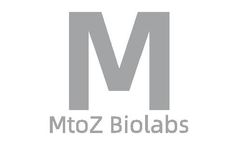Refine by
Chromatography Articles & Analysis: Older
76 articles found
Accurate analysis and monitoring of the components of the medium can help researchers and manufacturers optimize the production process, increase yield, and ensure the safety and effectiveness of the final product.Technologies for Analyzing the Components of Antibody Drug Culture Media1. High-Performance Liquid Chromatography (HPLC)(1) HPLC can be used to quantitatively analyze ...
For instance, High-Performance Liquid Chromatography (HPLC) and Capillary Electrophoresis (CE) can be used to analyze the types and quantities of proteins and amino acids; Gas Chromatography (GC) and Mass Spectrometry (MS) can be used to analyze the composition of sugars and lipids; various biochemical analysis methods can be used to measure the content of growth ...
The measurement of collagen can help researchers and physicians understand the pathological process of related diseases (such as osteoporosis, arthritis, skin aging etc.), and also aid in drug development and other biomedical research.The measurement of collagen can usually be carried out through several different methods:Mass Spectrometry1. Proteomic AnalysisLiquid ...
Here are some commonly used methods for determining collagen content.ChromatographyHigh-performance liquid chromatography (HPLC) is a commonly used method for quantitatively analyzing collagen and other proteins. ...
For example, some proteins may be upregulated or downregulated in health and disease states, or between normal and treated cells.Detection MethodsThe most commonly used technique is mass spectrometry, particularly liquid chromatography-tandem mass spectrometry (LC-MS/MS). Additionally, two-dimensional electrophoresis and Western blotting are frequently used to study differential ...
This method can provide detailed information about the types and locations of glycation modifications.2. High Performance Liquid Chromatography (HPLC)HPLC is a commonly used technology that can be used to separate and quantify glycation products in collagen.3. ...
These particles become a series of zones, each particle in its own density zone. Chromatography 1. Gel filtration chromatography Gel filtration chromatography separates substances by molecular size. ...
The detection methods for glycosylated impurities are diverse, including chromatography, spectroscopy, electrophoresis, etc. Among them, High-Performance Liquid Chromatography (HPLC) is the most commonly used detection method, which can effectively separate and quantitatively analyze glycosylated impurities, with simple operation and good repeatability. In recent ...
The TAP detection method mainly includes two steps: the first step is to fuse the glycoprotein with the TAP tag through genetic engineering methods to form a fusion protein; the second step is to separate and purify the fusion protein from complex biological samples through specific affinity chromatography techniques, using the specific interaction between the TAP tag and the ...
It is particularly useful for determining the drug-to-antibody ratio (DAR), identifying conjugation sites, and detecting potential degradation products. Techniques such as liquid chromatography-mass spectrometry (LC-MS) and matrix-assisted laser desorption/ionization (MALDI-MS) are commonly employed. High-Performance Liquid Chromatography (HPLC) HPLC is a ...
Firstly, the protein sample needs to be enzymatically digested, and then the ubiquitination site is analyzed by liquid chromatography-tandem mass spectrometry (LC-MS/MS). Finally, the ubiquitinated proteins and their ubiquitination sites can be determined by advanced mass spectrometry data analysis (such as database search and protein quantitative ...
Subsequently, different 5' end structures are identified by liquid chromatography-mass spectrometry (LC-MS), and the capping rate is calculated.(2) CharacteristicsHigh resolution and accuracy; but this method requires high quality and purity of the sample, and is easily affected by enzyme activity. ...
Researchers use high-affinity ubiquitin antibodies to bind to ubiquitinated proteins, then use methods such as immunoprecipitation or affinity chromatography to bind the ubiquitinated proteins to the antibodies, which can then be used for further analysis, such as mass spectrometry identification or protein affinity experiments. ...
Glycan SeparationTechniques such as High-Performance Liquid Chromatography (HPLC) or electrophoresis are used to separate glycans.3. Glycan Structure IdentificationMethods like Mass Spectrometry (MS) or Nuclear Magnetic Resonance (NMR) are used to analyze the structure of the separated glycans.4. ...
Therefore, detailed analysis and control of the monosaccharide content and types in recombinant protein vaccines are very important.To analyze the content and types of monosaccharides in recombinant protein vaccines, technologies such as High-Performance Liquid Chromatography (HPLC) and Mass Spectrometry (MS) are usually required. HPLC can perform accurate analysis of the type ...
Natural sources contain a complex mixture of compounds, making it difficult to isolate the desired bioactive compounds. Researchers often use chromatography techniques, such as high-performance liquid chromatography (HPLC) or gas chromatography (GC), to separate and analyze the extracted compounds based on their chemical properties. ...
Finally, compared with traditional liquid chromatography techniques, cIEF has a shorter analysis time and consumes fewer reagents and samples.MtoZ Biolabs provides drug quality research services that comply with global drug regulatory regulations for customers. ...
By comparing with standard proteins of known molecular weight, the average molecular weight of the collagen peptides in the sample can be estimated.3. High-Performance Liquid Chromatography (HPLC)HPLC is a method used for the separation and quantitative analysis of proteins and peptide segments. In collagen peptide research, reverse-phase high-performance liquid ...
Meanwhile, recombinant collagen used for cosmetics or drug delivery systems may be designed with a lower molecular weight (e.g., 30 kDa to 90 kDa) for ease of skin absorption or to achieve specific biodistribution.Determination of Molecular WeightThe determination of the molecular weight of recombinant collagen typically uses the following techniques:1. Gel Permeation ...
Accurate determination of its concentration is crucial for multiple fields such as biomaterial research, food industry, and pharmaceutical research.Liquid Chromatography (LC) is an efficient and precise analytical technique for collagen concentration measurement, especially High-Performance Liquid Chromatography (HPLC) and Ultra-High Performance Liquid ...

